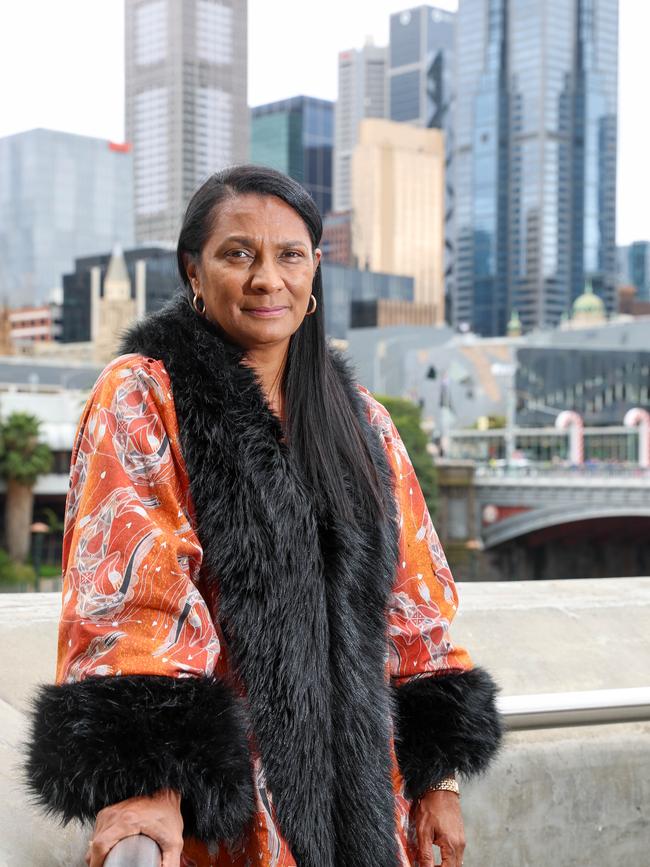Academics cower in sorry trend; Harwin’s Lib pushback fails

As treasurer, Josh Frydenberg was guaranteed an audience at any venue, anywhere in the country, without thinking twice about potential risks to his security arrangements.
Attempting the same at Melbourne private school Caulfield Grammar last month proved too difficult and exhausting for the school’s management.
Frydenberg had been scheduled to attend the school for a speaking gig on social cohesion and unity, an event supposed to be held in light of a surge in anti-Semitism and due to take place alongside former senator Nova Peris and singer-songwriter Deborah Conway.
Also scheduled for the evening was a 15-minute screening of Frydenberg’s documentary, Never Again: The Fight Against Anti-Semitism, which saw the former minister travel to Israel and conduct his own reporting in the aftermath of the October 7 massacres.
But while the school agreed to facilitate the event, officials later freaked out over concerns that protesters might intimidate attendees or somehow run amok.
They came to this conclusion after an independent review of security found the campus was unsuitable on account of “its multiple entry points and onsite boarding house”, as CGS put it to Margin Call in a statement.


“While we did not initiate the event or invite the speakers, we were pleased to offer our facilities in good faith and collaborated with the organising group to support their planning,” a spokesman said.
No such concern at Malvern Town Hall, however, the sturdy back-up venue where the event eventually went ahead without issue, a crowd of nearly 400 people turning out (the vast majority of them apparently not Jewish) and where nary a protester or picture of a watermelon could be found.
Even the CGS principal and leadership team, feeling safe enough to do so, saw fit to show up and sit in.
Chalk it up as yet another example of academic and school leadership bodies cowering in the face of protest activity – imagined or otherwise. And there’s an obvious trend to these despicable capitulations.
In April, Melbourne University cancelled a lecture by a visiting Israeli academic Professor Tal Shima due to “safety concerns” and fears his speech would be “severely disrupted” by protest activity.
Sound familiar?
Always the same excuse about safety, always the same sorry, stupid submission, and always the assurance of further leadership erosion in the battle of wills against extremist, performative bulls..t.
Last-ditch effort fails
Now, now, we won’t venture into the weeds on this federal intervention into the NSW Liberal Party – too dry, too inside-track, and way too much coverage – but there is one aspect of the fiasco that stands out as worthy of a retelling.
Liberal leaders from across the country – state presidents, the poobah directors, the parliamentary leaders – all held a vote on Monday to decide whether to press ahead with putting the NSW division into administration. Well, the vote came back with 20 names in favour and one in the negative.

But who was pushing against the pack? Who was the lonely penguin left on the iceberg, as one well-placed comedic genius told us?
Margin Call hears it was Don Harwin, the NSW Liberal state president, and the man who is accused of causing (in part) this incredible mess within the party.
No such luck attempting a last-ditch effort to save himself, it seems, despite spending all day lobbying hard to prevent the inevitable.
Future focus on past?
WA’s erratic junior miners have always prided themselves on making the best of changing winds in capital markets, pivoting between fashionable metals at speeds that would give a snake whiplash. Only a few years ago it seemed that every second gold explorer was flipping to lithium or rare earths.
Decarbonisation? Future- facing metals? These were the favoured buzzwords forcing punters to open their wallets.
But critical minerals are on the nose thanks to a plunge in commodity prices. The nickel rout has claimed thousands of jobs and, currently, only the best of Australia’s lithium mines are making money.
So, what’s fashionable now? What’s everyone flipping to?
Well, Hastings Technology Metals has its Yangibana rare earth mine, which the company is now calling a niobium deposit. Speculators might not know much about this chemical element, but they know a discovery of it turned another outfit, WA1 Resources, into a billion-dollar company.
And then there’s uranium, of course.
Core Exploration began its life hunting for that and copper before building a lithium mine in the Northern Territory, which it shut down earlier this year. Now it’s turned back to uranium again.
Just this week we heard from Develop Global’s Bill Beament who made his first packet mining gold with Northern Star Resources.
He has since made no secret of wanting only “green” metals in Develop’s portfolios – even if gold, what he started with, is hovering near record prices.
So it was weird to hear Beament’s pitch to investors at a Gold Coast conference a couple of days ago, in which he said production from Develop’s Pioneer Dome lithium project in WA would be equivalent to a 20,000-tonne-a-year copper mine, or 100,000-ounces-a-year gold mine.
Counting the company’s other assets, he said, if Develop Global was a gold company, its combined projects would be worth 650,000 ounces of gold a year.
But it isn’t; so they’re not. Quit living in the past, man.





To join the conversation, please log in. Don't have an account? Register
Join the conversation, you are commenting as Logout